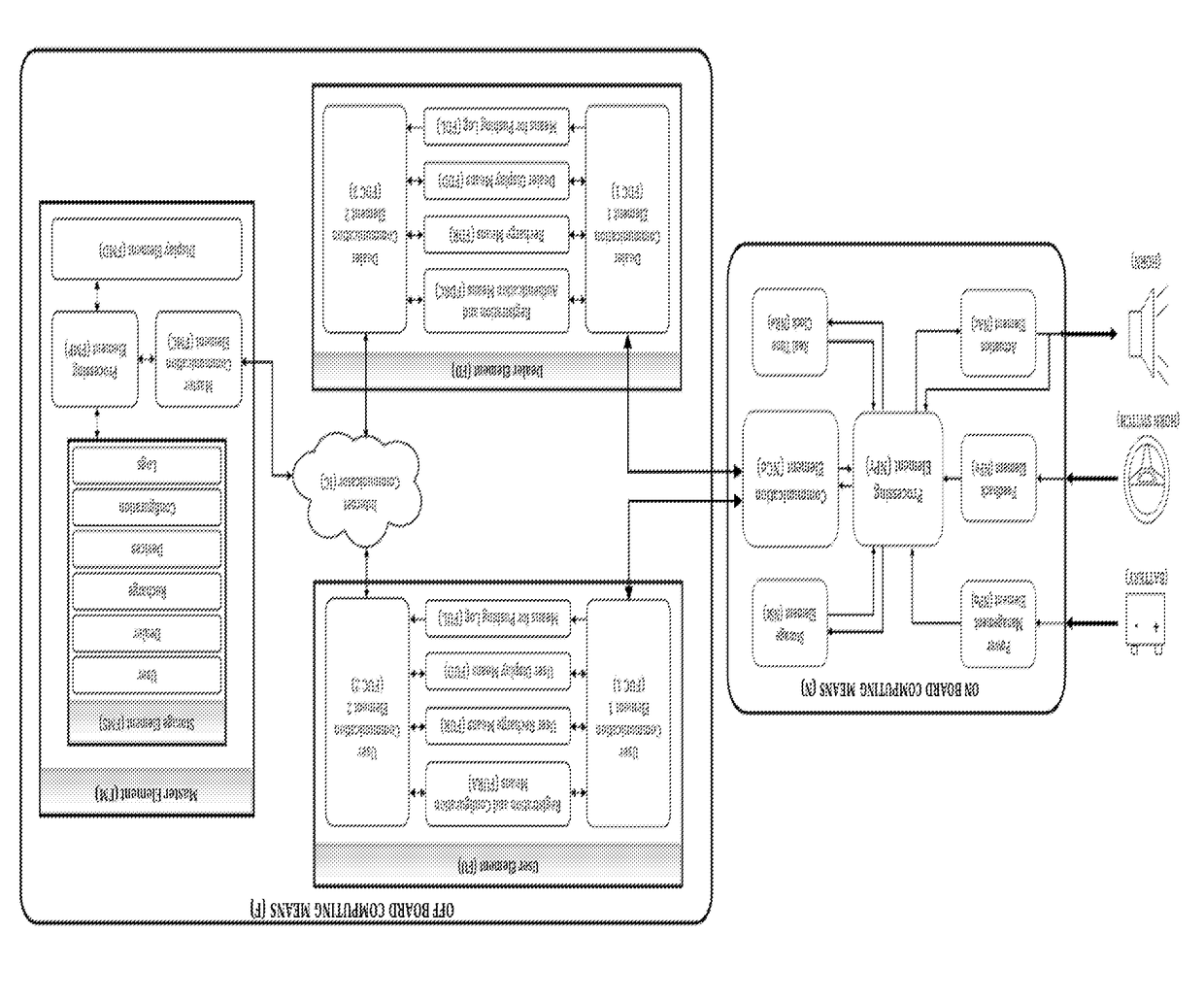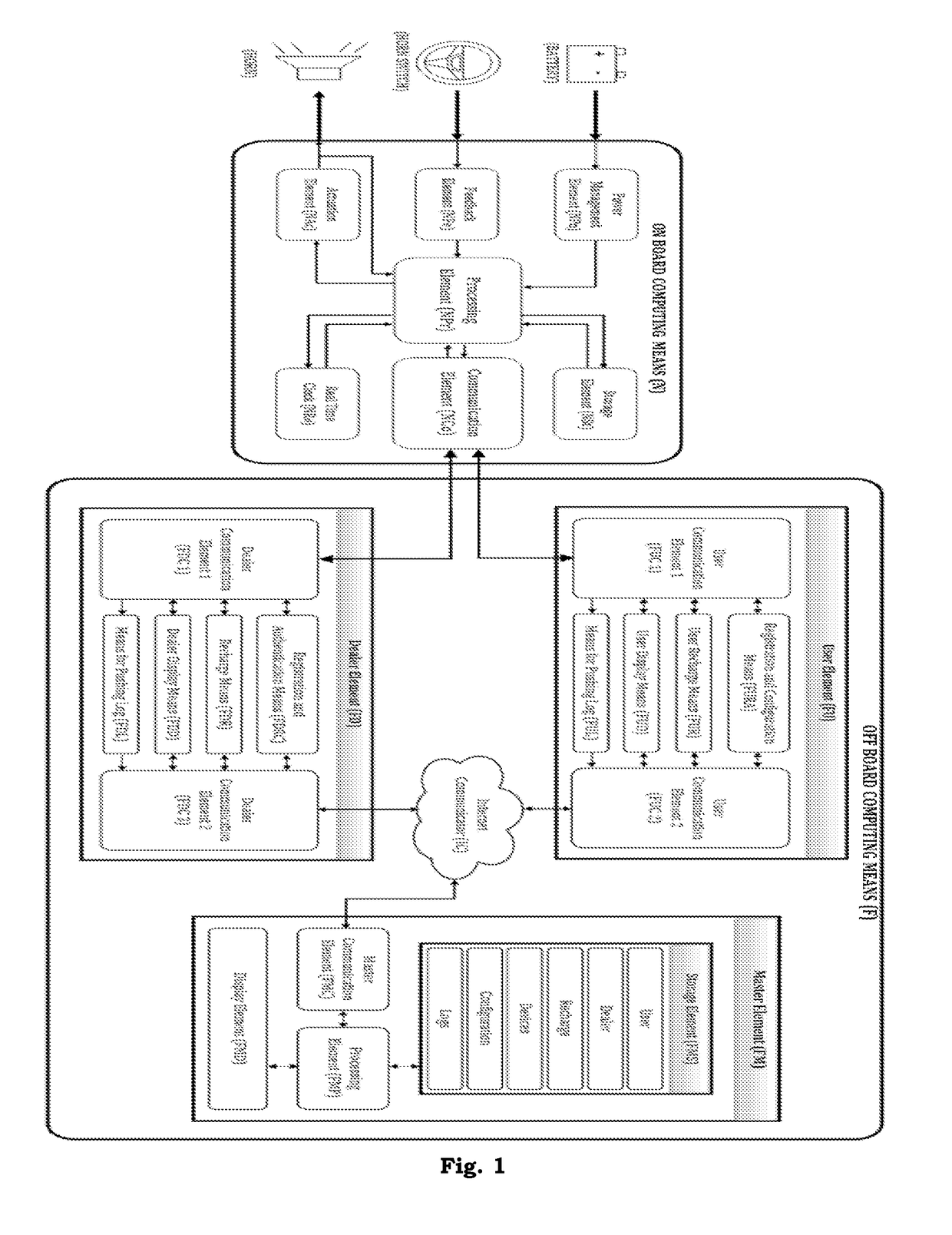It can also cause disturbance to other drivers on the road with flashing
tail-lights, also traffic police has to intervene for issuing challans.
Further, said device is unfit for two wheelers and three wheelers.
Many components makes device costly and make device consume more power.
Moreover, said device is easily temperable and recharge method is also hackable.
Furthermore, the honking restriction is not
user friendly as the device measures honk on
time factor and very few can estimate a good judgment of “time-period”.
In absence of said centralised system, there are no logs or analysis available to check the behaviour of users and thereby facilitate to improvise the law and infrastructure.
In addition, the device is less versatile for universal implementation.
In addition, the Installation process is complex because of too much wiring involved.
Also, device wiring bypass is difficult to check and track.
Moreover, the device fails to facilitate hack free and corruption
free system for honking management as collection of fines, recharge etc are vulnerable to corruption.
However, for the driver to know “
silence zone” the device has to stay connected with
mobile phone, it does not mute the horn inside the zone.
Thus, notifying the driver about the
silence zone and about the honks used in the
silence zone does not solve the problem of
noise pollution caused due to honking.
So, it fails to achieve the purpose of reduction in overall
noise pollution.
However, the said system does not
record honking count and does not regulate the honking usage.
However, the said system fails to count number of honking and its duration.
However, the system is unable to count the number of honking and its duration.
Further, it also fails to
restrict honking independent of location.
Thus, this system only restricts noise in limited location and not the entire area of the
route.
In the systems developed so far, none of them have been successful in controlling excessive honking of an automobile independent of parameter of location.
Therefore, none of them have been able to effectively reduce noise pollution.
The existing systems for restriction of honking, suffers from at least one of the following disadvantages:1. They fail to facilitate in reduce noise pollution caused by automobile honking.2. They fail to facilitate implementation of judicial laws of particular state or country.3. Said systems fail to:recognize needless honks,identify the offender who is or who has done needless honking,identify the
repeater of needless honking4. Said systems are not temper proof, hack-proof and corruption proof systems of automobile
noise control.5. They fail to facilitate tracking & controlling honking without human interface making the present system corruption prone.6. They fail to enable data collection of honking for analysis thereby generating a complete log of data useful for tracing each such installed system and its behavior and also useful for making noise pollution control law more stringent & frame other law based on data.7. They fail to enable automatic and accurate identification (without human intervention) remotely by the system and thereby penalize only accurately identified errant automobile drivers; thereby facilitating the disciplining of behavior of general public with regards to honking.8. They are big in size and thus are difficult to install in all types of existing automobile systems (especially two wheelers) and also failing to make it possible to provide as in-built system in future automobiles (OEM).9. They fail to provide indication of indication that allowable horn counts are over and only pre fixed additional horn counts are available after which system is to disable honking.10.
They are costly and require maintenance.11.
They are complex yet inefficient.
 Login to View More
Login to View More  Login to View More
Login to View More 


